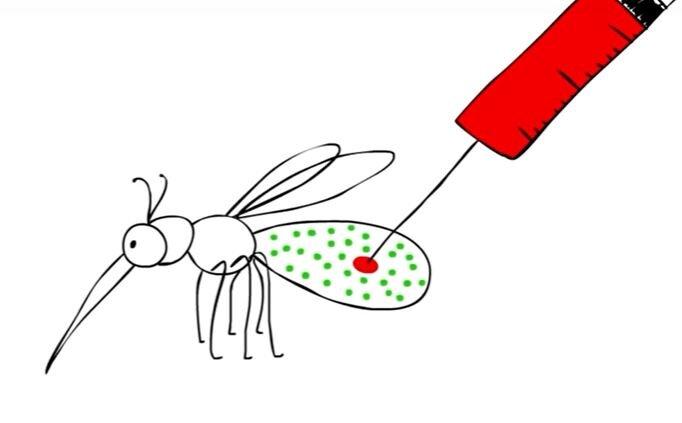Wolbachia is a type of intracellular bacteria that infects a wide range of arthropods, including insects and other invertebrates. It has garnered significant attention in recent years due to its intriguing biological properties and potential applications in various fields.
Intracellular Symbiotic Bacteria:
- Nature of Wolbachia: Wolbachia resides inside the cells of its host organisms, forming a symbiotic relationship.
- Transmission: It is primarily transmitted vertically from mother to offspring, but horizontal transfer can also occur through mechanisms such as parasitoid wasps and other vectors.
- Host Range: Wolbachia infects a diverse array of hosts, including insects like mosquitoes, ants, and butterflies, as well as some nematode species.
Biological Significance:
- Reproductive Manipulation: Wolbachia has the ability to manipulate the reproduction of its host organisms. It can induce parthenogenesis (asexual reproduction), feminization of genetic males, or male killing, which enhances its transmission to the next generation.
- Protection against Pathogens: Wolbachia can provide protection to its host against various pathogens, including viruses such as dengue and Zika. This feature has led to research exploring its potential in controlling vector-borne diseases.
- Evolutionary Implications: The presence of Wolbachia in numerous insect species has raised questions about its impact on host evolution, speciation, and biodiversity.
Applications and Research:
- Vector Control: Scientists are investigating the use of Wolbachia-infected mosquitoes to control the spread of diseases like malaria and dengue fever. These mosquitoes, when released into the wild, can disrupt the breeding patterns of disease-carrying mosquito populations.
- Biocontrol Agent: Wolbachia is being explored as a potential biocontrol agent to manage agricultural pests. By manipulating the reproductive capabilities of pest insects, it could offer an environmentally friendly solution to pest management.
- Biological Research: Researchers continue to study Wolbachia to understand its intricate interactions with host organisms. This knowledge is essential for further exploring its applications and potential implications for both biological research and practical applications in various fields.



 Meta Partners with IndiaAI: A Leap Towar...
Meta Partners with IndiaAI: A Leap Towar...
 New Missile Testing Range Approved in An...
New Missile Testing Range Approved in An...
 New Snake Species in Himalayas Named Aft...
New Snake Species in Himalayas Named Aft...

